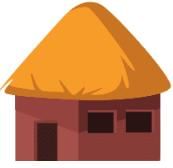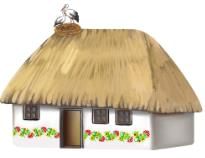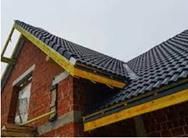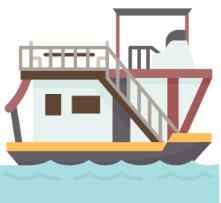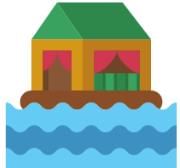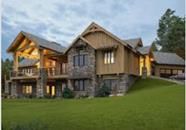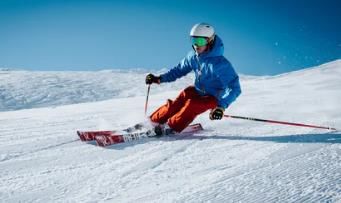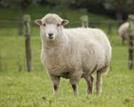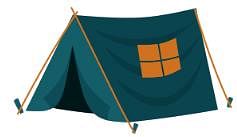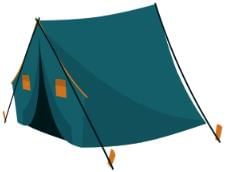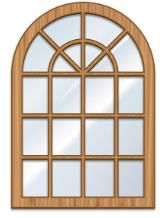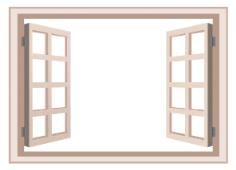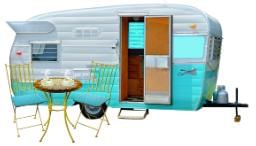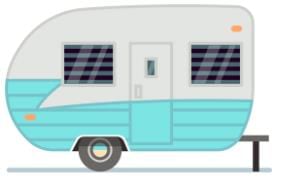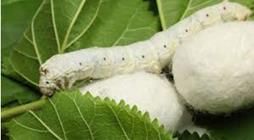CTET & State TET Exam > CTET & State TET Tests > EVS & Pedagogy Paper 1 for CTET & TET Exams > Test: Shelter - CTET & State TET MCQ
Test: Shelter - CTET & State TET MCQ
Test Description
30 Questions MCQ Test EVS & Pedagogy Paper 1 for CTET & TET Exams - Test: Shelter
Test: Shelter for CTET & State TET 2024 is part of EVS & Pedagogy Paper 1 for CTET & TET Exams preparation. The Test: Shelter questions and answers have been
prepared according to the CTET & State TET exam syllabus.The Test: Shelter MCQs are made for CTET & State TET 2024 Exam. Find important
definitions, questions, notes, meanings, examples, exercises, MCQs and online tests for Test: Shelter below.
Solutions of Test: Shelter questions in English are available as part of our EVS & Pedagogy Paper 1 for CTET & TET Exams for CTET & State TET & Test: Shelter solutions in
Hindi for EVS & Pedagogy Paper 1 for CTET & TET Exams course. Download more important topics, notes, lectures and mock
test series for CTET & State TET Exam by signing up for free. Attempt Test: Shelter | 30 questions in 30 minutes | Mock test for CTET & State TET preparation | Free important questions MCQ to study EVS & Pedagogy Paper 1 for CTET & TET Exams for CTET & State TET Exam | Download free PDF with solutions
Detailed Solution for Test: Shelter - Question 1
Detailed Solution for Test: Shelter - Question 2
| 1 Crore+ students have signed up on EduRev. Have you? Download the App |
Detailed Solution for Test: Shelter - Question 3
Detailed Solution for Test: Shelter - Question 4
Detailed Solution for Test: Shelter - Question 5
Detailed Solution for Test: Shelter - Question 6
Detailed Solution for Test: Shelter - Question 7
Detailed Solution for Test: Shelter - Question 8
Detailed Solution for Test: Shelter - Question 9
Detailed Solution for Test: Shelter - Question 10
Detailed Solution for Test: Shelter - Question 11
Detailed Solution for Test: Shelter - Question 12
Detailed Solution for Test: Shelter - Question 13
Test: Shelter - Question 14
Radha is wearing sweaters and coats in the figure given below:

Which of these animals are used to make sweaters?
Detailed Solution for Test: Shelter - Question 14
Detailed Solution for Test: Shelter - Question 15
Detailed Solution for Test: Shelter - Question 16
Test: Shelter - Question 17
What are the beautiful carving on wood seen on the ceiling of houseboats called as?
Detailed Solution for Test: Shelter - Question 17
Detailed Solution for Test: Shelter - Question 18
Detailed Solution for Test: Shelter - Question 19
Detailed Solution for Test: Shelter - Question 20
Detailed Solution for Test: Shelter - Question 21
Detailed Solution for Test: Shelter - Question 22
Detailed Solution for Test: Shelter - Question 23
Detailed Solution for Test: Shelter - Question 24
Detailed Solution for Test: Shelter - Question 25
Detailed Solution for Test: Shelter - Question 26
Detailed Solution for Test: Shelter - Question 27
Detailed Solution for Test: Shelter - Question 28
Detailed Solution for Test: Shelter - Question 29
Detailed Solution for Test: Shelter - Question 30
|
19 videos|109 docs|36 tests
|
Information about Test: Shelter Page
In this test you can find the Exam questions for Test: Shelter solved & explained in the simplest way possible.
Besides giving Questions and answers for Test: Shelter, EduRev gives you an ample number of Online tests for practice
|
19 videos|109 docs|36 tests
|
Download as PDF


